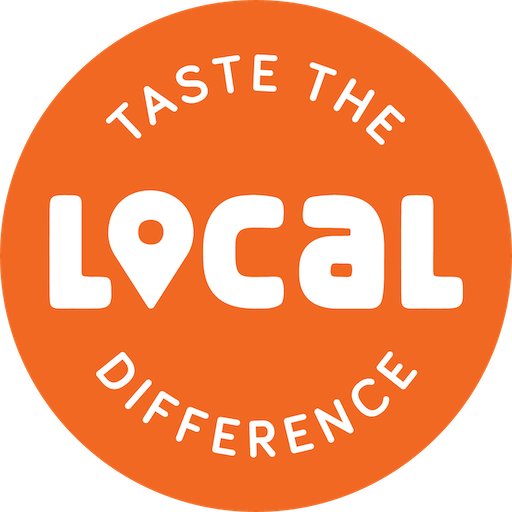It’s hard to believe as we wake up to frost-gilded mornings and experience the darkest days of the year that there’s any logic in thinking about the garden. Most enthusiasts, however, will tell you this is an ideal time to dream.
Seed catalogs for the 2016 growing season are printed and finding their way into mailboxes all across the country. They’re like a passport to choice, offering a mind-boggling array of herbs and vegetables in every shape, size and color. They present you with access to thousands of plants you won’t find at the farmer’s market or garden center or big box store. Sure, transplants are convenient, but why limit yourself to the handful of selections someone else has deemed marketable? Why not search out varieties to suit your tastes and specific growing conditions?

Never try growing your own? Consider this: not only is it easier than you’ve probably imagined but your dollar goes farther when you grow from seed, and it opens up a world of options you never realized you had. Freedom of choice aside, tap root vegetables (radishes, beets, carrots, parsnips, rutabagas) aren’t available as transplants at all. And if you’ve never experienced the taste of a carrot just plucked from the soil, you’re missing out on one of the great joys of gardening life.
Overwhelmed by the choices? Take a look at your grocery list. What vegetables and herbs do you most often purchase? Use this as a starting point. Consider your space and growing conditions when looking for a particular variety. Don’t assume limited space means you can’t grow your own. Look for compact varieties or those that are well-suited for containers. Also consider your intended use (fresh eating, canning or preserving, juicing, etc.). Not all vegetables are created equal and you may find you need to include multiple varieties of one vegetable. The qualities that make a tomato great for canning aren’t necessarily the ones you’re looking for when you want a juicy tomato slice on your BLT.
 Already have some favorites? Consider trialing a new-to-you variety next to your good ol’ standby. You may have a new favorite waiting to be discovered! Or try something new you’ve always been curious about. Carrots in every shade of the rainbow; corn that looks like stained glass; zucchinis shaped like spaceships… don’t be afraid to experiment and have fun! You’ll be surprised how much you learn in the process.
Already have some favorites? Consider trialing a new-to-you variety next to your good ol’ standby. You may have a new favorite waiting to be discovered! Or try something new you’ve always been curious about. Carrots in every shade of the rainbow; corn that looks like stained glass; zucchinis shaped like spaceships… don’t be afraid to experiment and have fun! You’ll be surprised how much you learn in the process.
I’ve used a lot of words advocating for herbs and vegetables, but don’t forget the flowers! Some are edible, like calendula, bachelor’s buttons, nasturtiums, pansies. Many are beneficial companion plants, too, attracting pollinators or acting as insect traps or deterrents for pests. And let’s face it – they’re just beautiful to look at. And when you include beauty in your landscape, you’re far more likely to want to spend time there, benefiting you and the garden. Bonus: most are exceedingly easy to start from seed and the variety of colors and forms you’ll find in seed catalogs won’t leave you feeling disappointed.
This is the perfect time of year to sit back and think about the possibilities and research varieties. William Blake once wrote “In seed time learn, in harvest teach, in winter enjoy”. So snuggle in with a seed catalog and some cocoa and give yourself permission to dream about green things. Here are some links to seed providers with a diverse offering of flowers, herbs and vegetables to get you started:
- Adaptive Seeds
- Baker Creek
- Fedco Seeds
- High Mowing Seeds
- John Scheepers Kitchen Garden Seeds
- Restoration Seeds
- Seed Savers Exchange
Happy planning!
Tenille Enger is an amateur cook and gardener with a passion for moments when the two intersect. She is an active contributor to Taste the Local Difference® in both digital works and in print. You can contact her at [email protected].



